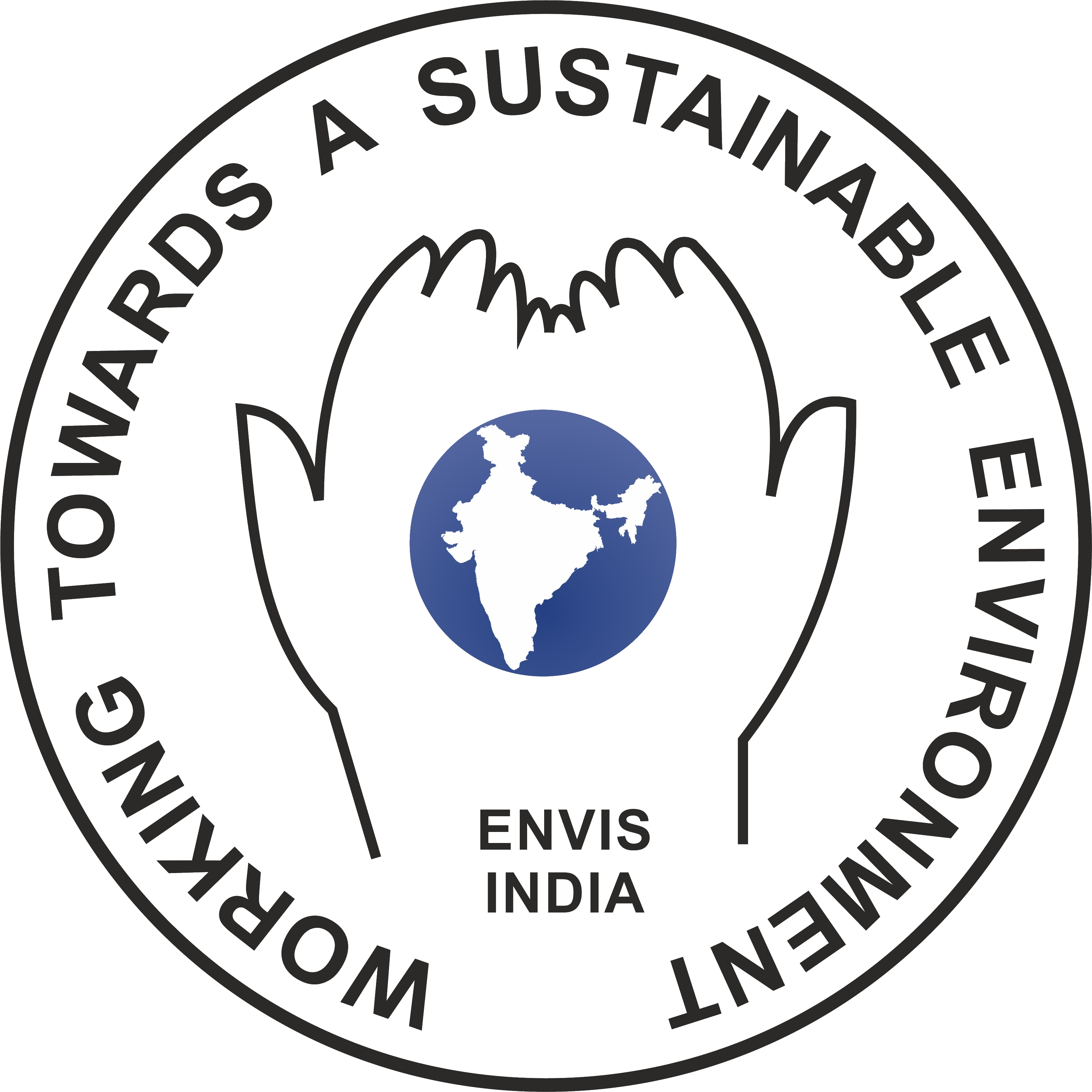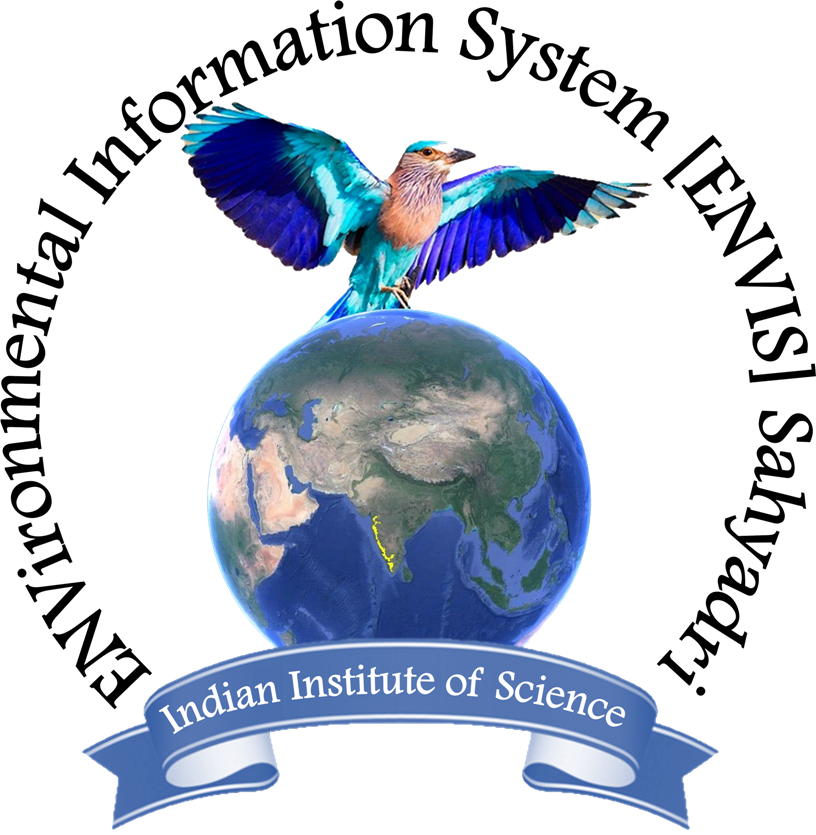Eco-restoration for people, nature, and climate of a spiritual campus- Satyaloka, Andhra PradeshCite
T V Ramachandra, Bharath Setturu, Vinay
ENVIS[RP], Environmental Information System, Energy and Wetlands
Research Group,
Centre for Ecological Sciences, Indian Institute of Science -
560012
envis.ces@iisc.ac.in
tvr@iisc.ac.in Phone:
080 22933099/22933503
Synopsis
Eco-restoration entails the re-establishment of ecological status with ecological functions to sustain the renewability of natural resources (water, food, etc.). Restoration measures include bio-reactivating soil to control invasive plants, recontouring land, restoring the drainage network, implementation of water harvesting structures, rejuvenation of lake/pond, enhancing water infiltration through the provision of recharge pits, planting native trees, grasses and these measures would revitalise human's relationship with nature. Planting native species communities in the degraded landscape would help in restoring the ecological processes. The resultant vegetation demonstrating aesthetic and dynamic characteristics of the natural communities, will pave way to the sustainable development with the interplay of ecology, sociology, economics, and culture. In this regard, United Nations (UN) has declared the UN Decade (2021-2030) on Ecosystem Restoration, governments have recognized the need to prevent, halt and reverse the degradation of ecosystems worldwide for the benefit of both people and nature.
Restoration of landscape with diverse native species and implementing water conservation measures would aid in reconnecting humans to nature in a spiritual-moral sense. The restoration performs sacred work and engenders spiritual-moral experiences among inmates and visitors to the campus. Thus, restoration is a promising contemporary environmental practice and serves as a form of public witness in showcasing public spiritual practice. Revitalising a landscape to sustain ecological processes would also transform stressed souls in achieving contentment besides human's own conceits.
The benefits of eco-restoration with location-specific native species are (i) improvements in the micro-climatic conditions with the relatively lowered temperature in the landscape and enhancement of moisture condition, (ii) diverse vegetation would enhance the soil carbon and nutrients supporting diverse microbiota, (iii) soil would have lower bulk density (with the enhanced organic content, (iv) soil will be porous or permeable allowing water infiltration, which enhances the water retention capability of the landscape, (v) improvements in sub-surface water flows with the availability of water during all seasons and low rainfall period, (vi) supports diverse biotic elements (birds, butterflies, etc), enhancing the spiritual potential of the region, (vii) improvements in the landscape structure with diverse vegetation land cover, would support diverse pollinators abundantly which will improve the pollination process in the neighbourhood leading to the higher crop yield and improvements in the socio-economic status in the neighbourhood. Ecological restoration through the active participation of all persons would help in reconnecting humans with nature in a spiritual-moral sense. The study has been carried out in the Satyaloka campus of a spatial extent of 42.3 hectares located in Ramakuppam Mandal, Chittoor District of Andhra Pradesh, and is part of the Eastern Ghats of India.
The campus has a large spatial extent under mango plantation and is followed by scrub vegetation. The drainage network in the campus is poorly maintained with the accumulation of silt. The drainage network in the campus is disrupted due to flattening the topography for monoculture plantations. There is a need to re-establish the drainage network (after ascertaining locations through a topography survey). Planting grass species along the shoulder of drains provides stability to drains. The best options for the campus is to retain the rainwater in the campus through (i) re-establishing drainage network in the campus and protecting them, (ii) enhancing green cover of native species, which allow infiltration of at least 40 to 50% of rainwater, (iii) rainwater harvesting or storage structures and (iv) creating recharge pits at lower elevation regions of the campus. Sustenance of water, with a moderate climate, diverse plants and fauna - butterflies and birds would enhance the spiritual environment, boosting cultural practices toward societal welfare.


 Sahyadri ENews Issues: I - LXXVIII
Sahyadri ENews Issues: I - LXXVIII
